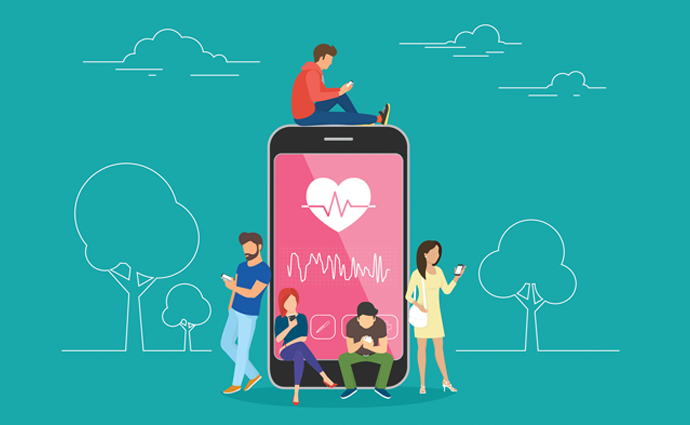Telehealth Faces New Challenges: Surfing, Snacking and Social Hour
A new survey from DrFirst finds that consumers may be flocking to telehealth during the coronavirus pandemic to chat with doctors, but many of them are also spending that time multitasking.

Source: ThinkStock
- DrFirst has uncovered a new challenge to the effectiveness of telehealth visits during the coronavirus pandemic: Multitasking.
In a recent survey of more than 1,000 consumers, the Maryland-based digital health company has found that while 44 percent have tried out virtual visits during the pandemic, many are doing other, non-healthcare-related things while talking to a doctor – including indulging in a cocktail.
“When patients are preoccupied during healthcare visits, they may miss important information that can affect their outcomes, such as taking a medicine in a certain way to help avoid side effects,” says Colin Banas, MD, the company’s chief medical officer. “Distractions can pop up even when patients are physically in the office, but it can be less obvious to the provider when it’s happening during a virtual visit.”
“No matter the type of visit, it can be a challenge for patients to remember everything that was discussed,” he adds. “At home, there are just so many more distractions that surround patients and it can make it harder for patients to fully focus, especially if they are not feeling well.”
According to the survey, roughly one quarter of the respondents said they were surfing the web, checking their e-mails or texting during a connected health session, and the same percentage said they were watching the news, TV or a movie.
Roughly 21 percent admitted to checking their social media or eating a meal or snack, while 19 percent said they were playing a video game, 18 percent were exercising, 11 percent were smoking a cigarette and 10 percent were driving a car.
A little more than 9 percent, meanwhile, confessed to having a “quarantini” cocktail or other alcoholic beverage during a video visit.
And men are the worst culprits – 73 percent of them confessed to multitasking, while 39 percent of women reported doing so.
While healthcare providers and telehealth companies have developed “webside manner” guidelines for doctors and nurses engaged in virtual visits, few take the time to lay out ground rules for patients on the other end of the phone or video link. The assumption is that patients are listening intently, when they may in fact be playing Fortnight, heading down the highway or enjoying Happy Hour.
“It’s important that healthcare providers are aware of these potential distractions so they can help make sure patients are getting the information they need,” Banas says. “Before the telehealth appointment, healthcare providers can suggest patients make a list of things they want to discuss, and that they choose a quiet, well-lit area and silence their phone. During the appointment, doctors can help patients stay focused by asking them to repeat back what was discussed to confirm understanding. If the patients seem very distracted or are in a hectic environment, doctors can also politely ask if it would help to reschedule the appointment.”
The consequences could be dangerous: a potentially serious health condition taken too lightly, a care management plan not properly understood or followed, overlooked advice on healthy habits or missed medication adherence tips.
The challenges are particularly daunting now, with the COVID-19 crisis pushing more healthcare services online – and a significant portion of Americans opting to avoid the doctor’s office. Some 60 percent of those surveyed by DrFirst said they postponed or cancelled a scheduled visit, and other surveys have reported that people are skipping out on regular checkups or wellness visits.
Interestingly, the ability to have a video visit with a doctor can influence patient behaviors. According to the survey, 29 percent said they dressed up more for a telehealth session than they would have for an in-person appointment – with 43 percent of men and only 10 percent of women focusing on fashion. Another 14 percent, meanwhile, said they wore pajamas.
Banas says this is one instance where appearances don’t really matter.
“Doctors’ top priority is your health, so whatever a patient wants to wear in order to feel comfortable and fully engaged is fine,” he said in a press release accompanying the survey.
